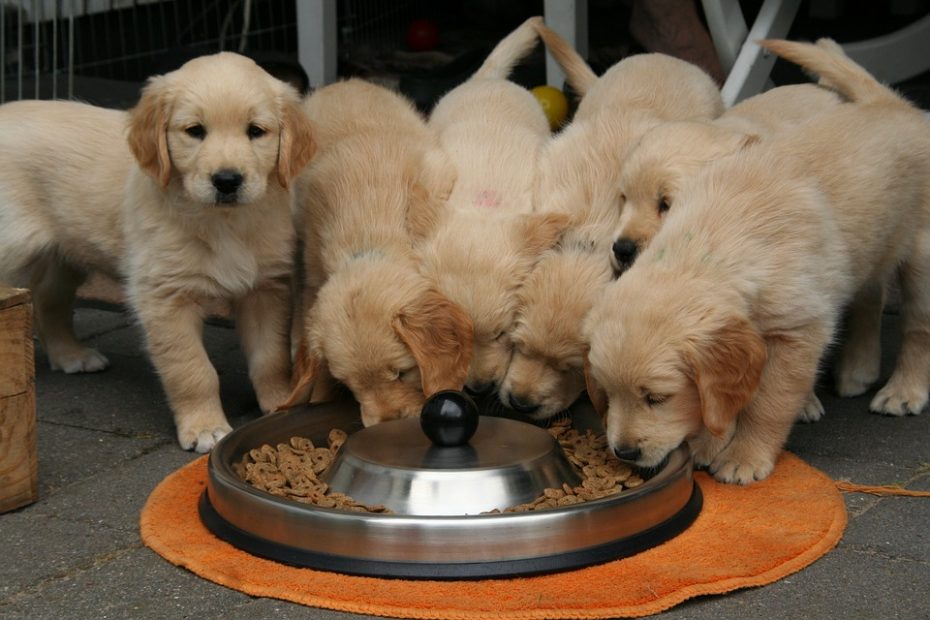We often think that dogs always enthusiastically eat their food bowl empty, but this is far from always true. Small dogs in particular can be picky or have less of an appetite. Here are 6 practical tips to help your four-legged friend eat better.
1. Find the cause of decreased appetite
If your dog is not eating well, it may be due to pain, discomfort or an allergy. Problems with teeth or joints, for example, can make eating less pleasant. If poor appetite persists, always consult a veterinarian to rule out medical causes.
2. Don't overfeed snacks
Snacks are tasty, but they fill up quickly. If your dog gets a lot of snacks in between meals, chances are he will have less of an appetite for his main meal. Decide in advance how many snacks you will give per day and stick to them - this will keep his diet healthy and balanced.

3. Vary with different types of food
Some dogs prefer dry kibble; others prefer wet food. Experiment with textures, flavors and brands to discover what your dog likes. Sometimes it also helps to warm the food slightly to enhance the smell.
4. Exercise stimulates appetite
As in humans, exercise whets the appetite. A dog that does not exercise enough will show less interest in eating. Take several walks daily, with at least one longer walk just before feeding time. This will get his digestion going.
5. Create a quiet dining environment
Dogs can quickly become overstimulated by noises, smells or other pets. A quiet place without distractions allows your dog to concentrate better on his meal. Therefore, put the food bowl in a fixed, quiet place in the house.
6. Use scent to whet the appetite
Dogs rely more on their sense of smell than their taste. Adding some warm water to dry kibble releases more smell and makes the food more appealing. This way, you stimulate your dog's senses naturally.

Does your foster dog also have a difficult eating phase? A cat or dog sitter at home often knows exactly how to stimulate appetite in a gentle way.








